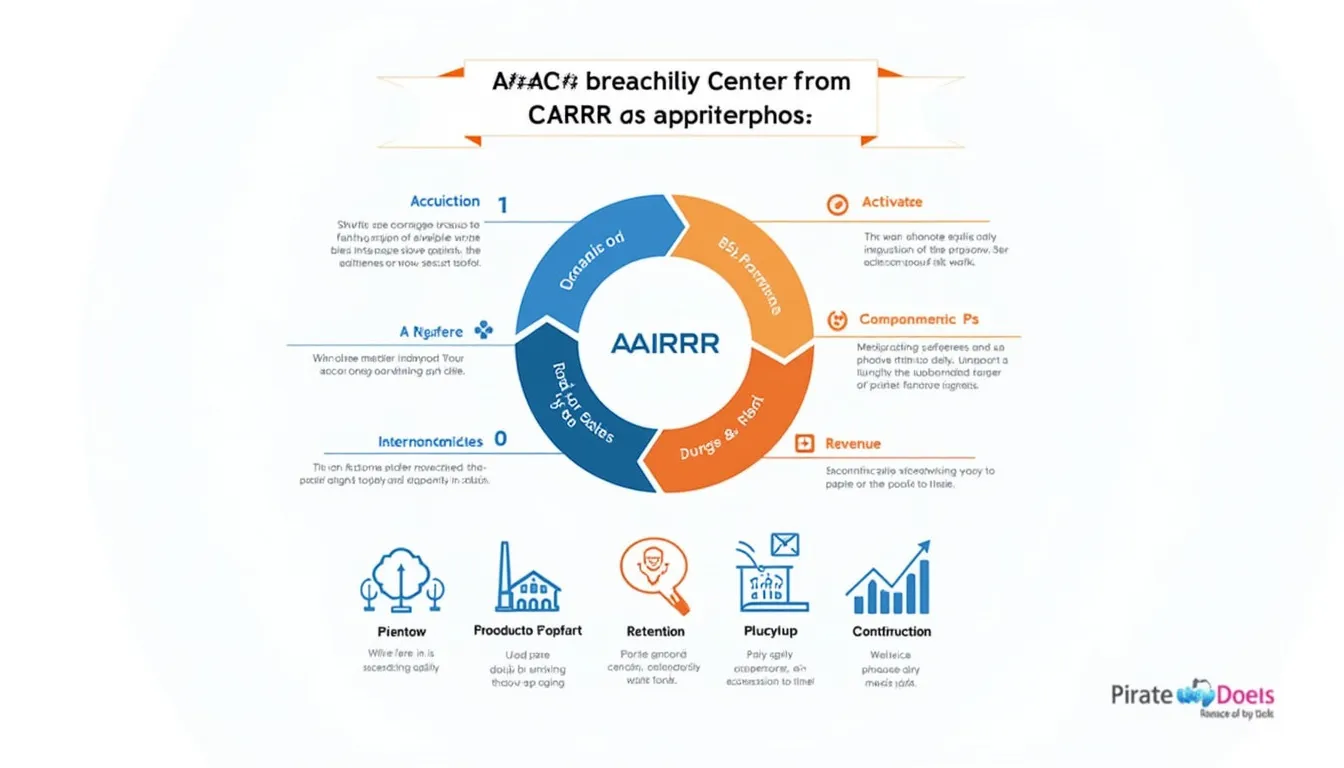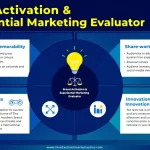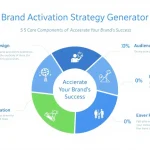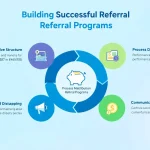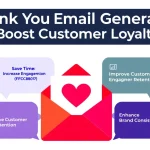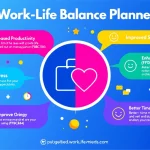Is this tool helpful?
How to use the tool
- Product or Service Name – type what you sell.
• Example 1: “Eco-Friendly Laundry Pods.”
• Example 2: “AI-Powered Tutoring Platform.” - Ideal Customer Persona – outline age, role, pains, goals.
• Example: “Parents aged 28-45 seeking toxin-free detergents.” - Acquisition Strategies – list traffic sources: “TikTok demos, niche podcast ads.”
- Activation Methods – describe first-use wow moments: “Interactive lesson preview, same-day shipping sample.”
- Retention Tactics – note keep-coming-back hooks: “Refill reminder emails, progress dashboards.”
- Referral Approaches – explain word-of-mouth levers: “Give-one-get-one coupons, shareable study reports.”
- Revenue Plans – state how you’ll earn: “Monthly subscription plus premium coaching upsell.”
Press “Generate AARRR Framework.” The server-side API (action = process_llm_form) returns a formatted plan you can copy or adjust.
Quick-Facts
- 5 % retention lift can raise profits 25-95 % (Bain & Co. 2021).
- Average SaaS churn: 5.6 % monthly (Recurly Research 2023).
- Referral customers convert 4× more than non-referrals (Nielsen Global Trust 2021).
- Median B2B cost-per-acquisition: $49 (Wordstream Benchmarks 2022).
What is Pirate Metrics?
Pirate Metrics track Acquisition, Activation, Retention, Referral, and Revenue to expose growth bottlenecks (McClure 2007).
How does the planner save time?
It structures your thoughts into five linked stages in one submission, eliminating manual spreadsheet stitching.
Which inputs influence the API most?
Persona detail and retention tactics drive the longest text blocks in the generated plan.
Can I edit the result?
Yes. Copy the HTML, tweak wording, and paste into your marketing wiki.
How frequently should you revisit the framework?
Quarterly reviews match typical product iteration cycles and data reporting cadences (Mixpanel Benchmarks 2023).
What metrics suit each stage?
Acquisition: CPA; Activation: time-to-value; Retention: churn; Referral: viral coefficient; Revenue: LTV.
Do B2C brands benefit equally?
Yes; retention and referral uplift margins regardless of business model, per Bain’s profitability study 2021.
Important Disclaimer
The calculations, results, and content provided by our tools are not guaranteed to be accurate, complete, or reliable. Users are responsible for verifying and interpreting the results. Our content and tools may contain errors, biases, or inconsistencies. Do not enter personal data, sensitive information, or personally identifiable information in our web forms or tools. Such data entry violates our terms of service and may result in unauthorized disclosure to third parties. We reserve the right to save inputs and outputs from our tools for the purposes of error debugging, bias identification, and performance improvement. External companies providing AI models used in our tools may also save and process data in accordance with their own policies. By using our tools, you consent to this data collection and processing. We reserve the right to limit the usage of our tools based on current usability factors.
